452 Search Results for visual supports
November 7, 2012
by Carole Zangari -
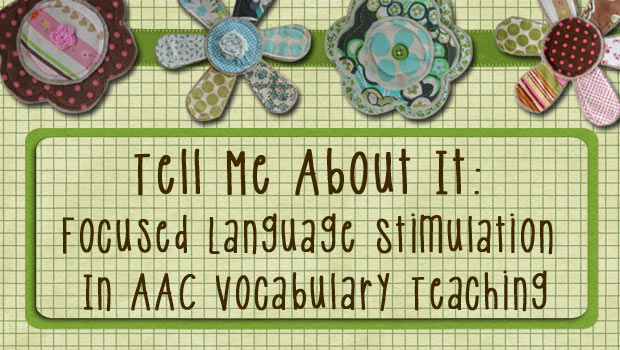
Earlier this month, we introduced a general sequence of how we conceptualize semantic instruction. We promised to elaborate on that. There are two things that I really love about this approach to to vocabulary teaching. The first is that is honors a principle that we know to be true: providing repetition with variety not only helps us reach learners with different strengths, but also gives our AAC learners much-needed practice. The other thing that makes this really work for us is that assessment has an active role but not a central one. Testing takes a backseat to teaching. As we all know, getting accurate assessment information from people who are learning their AAC systems is a huge challenge. Often, our AAC friends don’t have decent test-taking skills so we’re not really testing what we think we’re testing. Just last week I got to see Kristofer, an adorable little fellow who... [Read More...]
October 15, 2012
by Robin Parker -
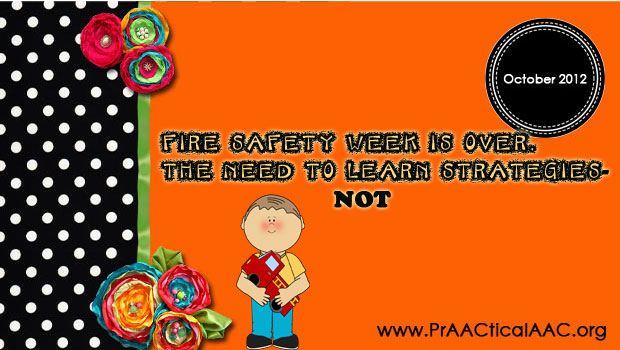
Fire Safety Week is over now but the need to learn fire safety strategies is NOT. If you missed these great fire safety resources, here they are to help you prepare for an fire emergency The 3 P’s to Keep Your Kid Safe During an Emergency Sensory Breaks & Learning Activities Firefighters are being Educated in Auburn On-Line Fire Safety Games for Kids How To Teach and Present Information, Lesson Plans, and Visual Supports for children and adults with Intellectual Disabilities For Teachers and SLPS Fire Rescue– an app for children that teaches the basics of fire safety through games, mazes, puzzles, matching, and more Apples 4 Teacher- kids fire prevention activities and information
October 8, 2012
by Robin Parker -
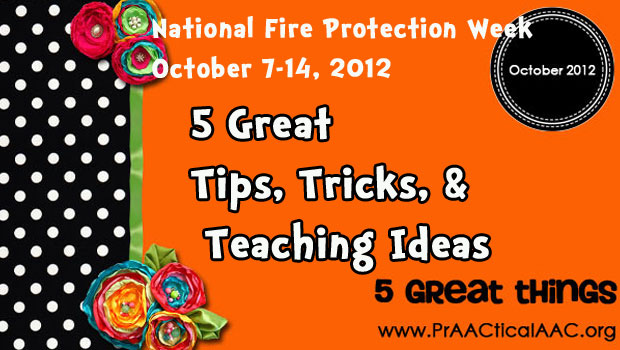
It is National Fire Protection Week October 7-13, 2012. Check Out These 5 Great Tips, Tricks, and Teaching Ideas: Sensory Breaks & Learning Activities Firefighters are being Educated in Auburn On-Line Fire Safety Games for Kids How To Teach and Present Information, Lesson Plans, and Visual Supports for children and adults with Intellectual Disabilities For Teachers and SLPS
September 5, 2012
by Robin Parker -
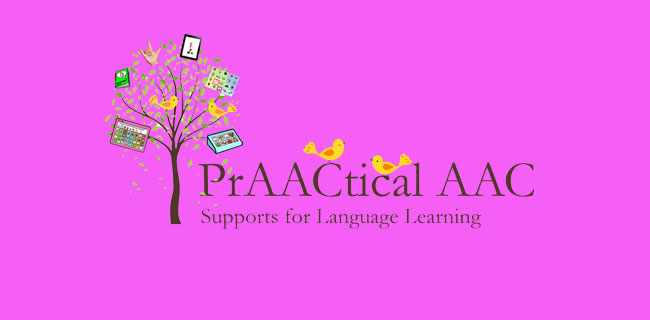
AAC Supports- Don’t Go ANYWHERE Without Them.. Access To AAC & Visual Supports Allows Students to: Let you know what they want Let you know nicely what they don’t want Answer class questions Ask a question Say ‘I don’t know’ Ask for help Tell you they are having fun Create a Sentence Argue Negotiate Say a line in a school play Say ‘here’ during attendance Tell what they did on the weekend Tell what they did over the summer Tell you what they want to do at home Tell you if they are happy Tell you if they are scared Tell you if they are frustrated Tell you about their family Tell you about their pets Say please Say their name Say hello to a person Tell you what they like to do Ask for more Tell you which color they want Ask for a break Tell you why they are... [Read More...]
September 2, 2012
by Robin Parker -

We have recently been surprised (ok, shocked) by the absence of communication supports in educational settings that are supposed to be supporting learners with significant communication challenges. To be even more specific and blunt, the students do not have functional spoken speech. They can’t speak to let you know: what they need, what they don’t need or want, how they feel, what they see, what interests them, what questions they have, what they like and don’t like, when they really reallywant something, etc., etc. etc. And, trust us, they do need to say all of these things. If you work with anyone who does not use spoken speech and we mean ANYONE, they deserve the basic right to communicate with you. Our PrAACtical AAC Absolute A’s: AAC displays need to be accessible ALLOVER. There is no special ‘communication time.’ Communication teaching is ALL the time in authentic situations.... [Read More...]
August 27, 2012
by Carole Zangari -

“How was school?” (Good) “What did you do?” (Nothing) This scenario plays out in many cars and kitchens in the after school hours and it can be hard to know who is more frustrated: the kids for being asked or the parents for not getting satisfactory answers. And still, we repeat the process day after day. Of course, we want to know the fine details of what happened and how our children felt, but in some cases, we’d settle for ANY school-related conversation at all. I’ll be the first to admit that it took me way too long to get the hang of how to get information about my children’s school days, and it seemed like just when I did, pow! They were pre-teens and then teenagers. New rule book. Here are some ‘lessons learned’ along the way about those afterschool conversations and some suggestions for parents of the kids... [Read More...]
August 25, 2012
by Robin Parker -
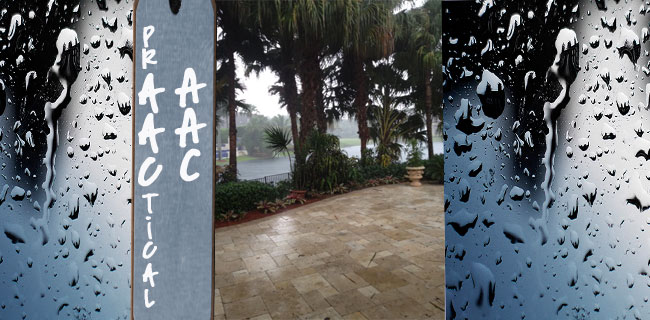
We live in Florida and there are lots of general summer storms. They can be very loud and dark. There are also many hurricane warnings (like now for Hurricane Isaac). Many children and adults with communication challenges can become upset or anxious because of the loud noises, the change in routines, and/or the heightened state of anxiety that is usually around the house or community. Because of this we are often asked to help find visual support resources. Here are some great prepared visual support stories and resources that we use: Bad Weather Tips and Story by Hands in Autism Hurricane Preparedness More Hurricane Preparedness Thunder/Lightning Storms Thunder Box Sometimes though the prepared supports do not meet the needs for specific learners. Here are our tips for developing your own storm visual supports and resources Creating Personal Participation Stories Use language of the story that is at the... [Read More...]
August 1, 2012
by Carole Zangari -
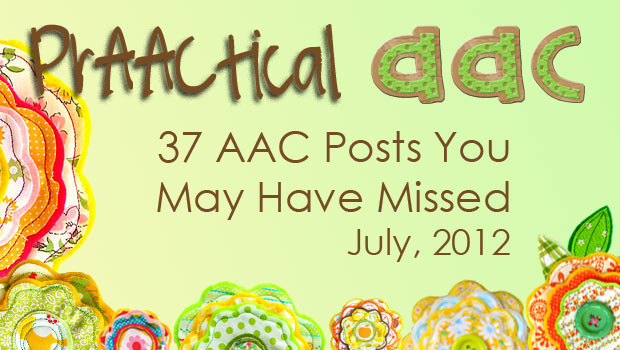
Biennial Conference: ISAAC 2012 PrAACtically There: ISAAC 2012 Day 1 at ISAAC 2012: What You Should Know About AAC’s Expanding Role in Health Care ISAAC 2012, Day 2: AAC Goes to Preschool ISAAC 2012, Day 3: Let the Games Begin ISAAC 2012, Day 4 – The Fives 5+5 Commandments for Speech Output Communication 5 Under-Used Strategies in AAC 5 Online Notebooks Full of AAC 5 Adapted Play Resources for Children with Motor Impairment – PrAACtical Thinking 92 Free or Lite Versions of AAC Apps PrAACtical Alert: Free AAC Evaluation App This Week Visualize 9 Nice Things to Say to Students who AAC PrAACtical Thoughts About Challenging Behavior PrAACtical Resource: Searching for AAC Devices with SpeechBubble AAC Assessment Round-Up 5 Ways to Use Rating Scales to Enhance Communication with AAC PrAACtical Alert: The World’s AAC Conference Comes to You (Well, a little bit of it) Power of the Visual Planner: 20... [Read More...]
July 28, 2012
by Robin Parker -
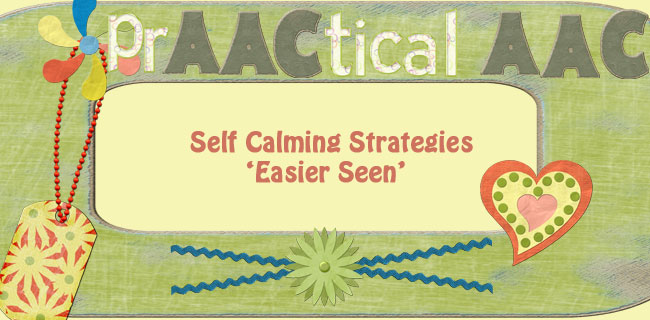
Throughout this month we focused on visual supports & strategies for positive behavior. We have discussed transition supports, environmental arrangements, and consequence mapping. As we wrap up, we don’t want to forget PrAACtical AAC strategies for self-calming. We like to think about self-calming like this- some weeks we need it more than others, some days we need it more than others. We all need self- calming strategies. Whether we vent to a friend, go for a run, knit, take deep breaths, or get a glass of wine (although we are not advocating this), we all use self-calming strategies. It makes a huge difference. Sometimes though helping our students self-calm at times may seem “easier said than done”, but we know it truly is ‘easier when SEEN‘. Self-calming strategies can help before, during, and after behavior challenges . We will often teach and use self calming strategies if we know a potentially stressful situation will... [Read More...]
July 25, 2012
by Carole Zangari -
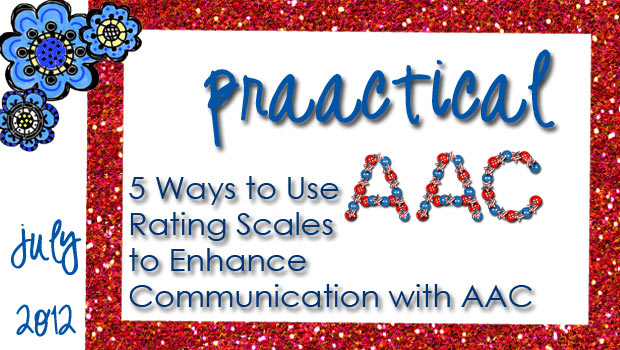
In an earlier post, we lamented the under-utilization of a quick and effective strategy: qualitative rating scales. You may not know them by that name, but we all know them. Also called Likert-type scales, we’ve seen these a multitude of times when we were asked to give an opinion. Strongly agree to Strongly Disagree. Excellent to Poor. Always to Never. – There are only a few guidelines to using these with AAC folks. One is to make sure to use appropriate visual supports. Literate AAC users may be very comfortable with text-only options, but for other learners, we need to add images so it makes sense to them. Another suggestion is to stick with an odd number of options: 5 seems to be the norm in clinical practice, but you can certainly adjust to fit the learner’s needs. For some, a 3-point scale would be best. Others may want more... [Read More...]









